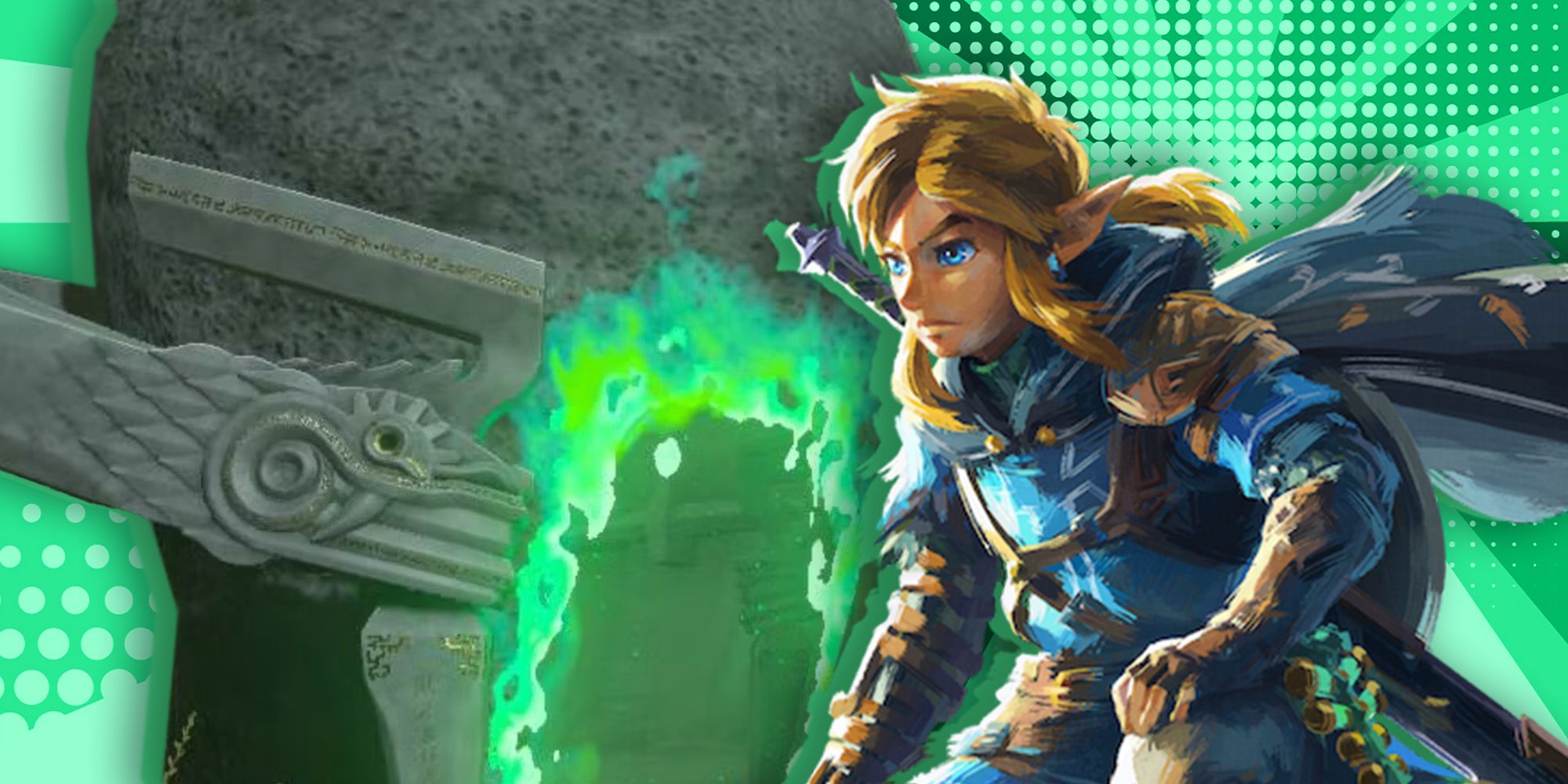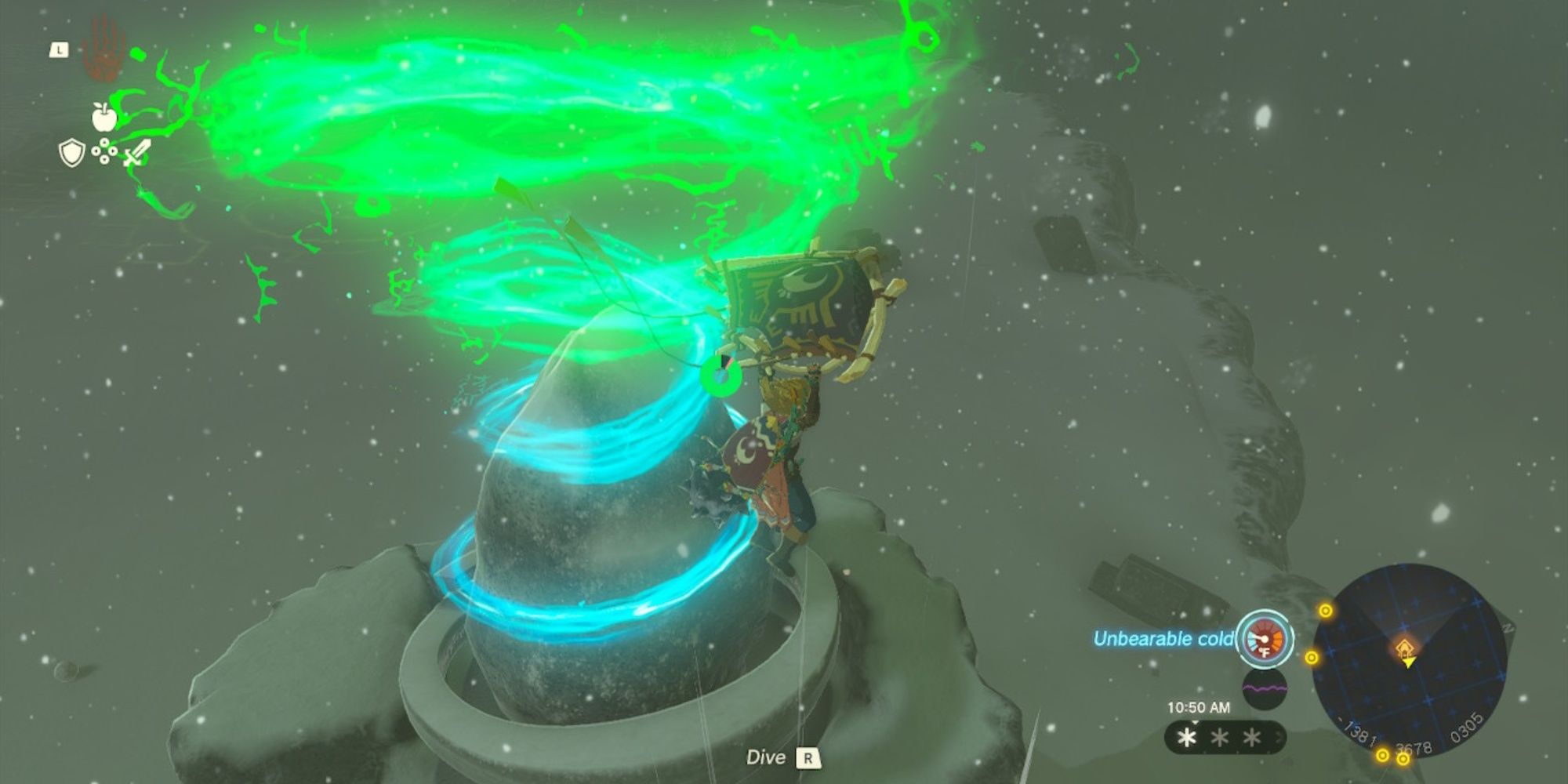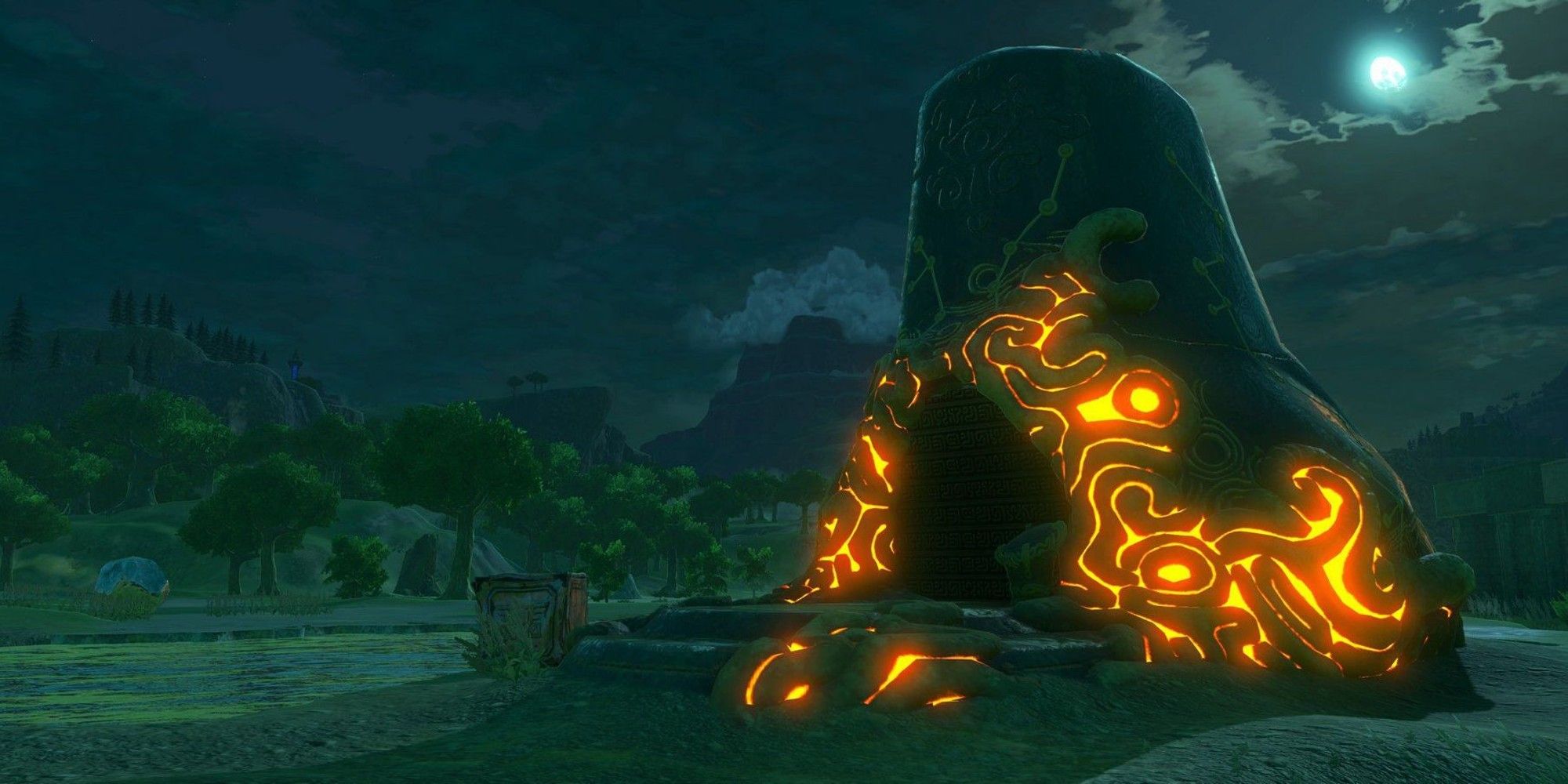I can’t get enough of Tears of the Kingdom’s shrines. Back in 2017, when The Legend of Zelda: Breath of the Wild came out, I was impressed by how well Nintendo had managed to weave Zelda’s puzzle-solving into the framework of an open-world game. Sure, traditional dungeons were gone. But the game had something that was a better fit for a game so focused on exploration.
Instead of sprawling temples where you spent hours trying to crack one big puzzle, BOTW let you find 120 shrines which you could solve in 15 minutes a piece. Where other open-world games had bandit camps to raid, Breath of the Wild better integrated the series’ identity by making puzzles a part of the open-world.
With that many shrines, it could be easy to lose track of which ones you had solved. You can imagine a version of Breath of the Wild where you stumble into shrines repeatedly, scratching your head over whether you actually finished it or not. But, both Breath of the Wild and now Tears of the Kingdom elegantly solve this problem by changing the look of a shrine depending on the extent to which you’ve interacted with it.
In Breath of the Wild, the shrines communicated this entirely through color. When you saw a shrine but hadn’t visited it, the lights shining through the rocky exterior were entirely orange. Once you’d solved it, they changed to a bright blue. But, if you got stumped in the middle and left without cracking the puzzle, the top of the shrine lit up orange while the base glowed blue.
Tears of the Kingdom’s shrines are designed differently, but communicate the same information. When you see a shrine in the distance, you can tell that you haven’t attempted it because there are green and blue rings haloing the top of the structure. Once you interact with it, a portal opens up on the side. If you decide to leave in the middle, the portal stays open with the rings still floating above. Once you complete it, the rings disappear but the portal remains in case you decide you want to return to play it again, or to open a treasure chest you missed the first time. As in Breath of the Wild, each shrine has three phases that let you know, at a glance, exactly how much you’ve interacted with it.
How much does this matter? Not a lot, on its own. But, one of the things that made Breath of the Wild so excellent was its commitment to simplifying the open-world clutter that has become standard in triple-A releases. Breath of the Wild pared down the checklist activities and the icons on your map. When you activated a tower in BOTW, it didn’t show you all the activities in the area, just the geography, place names, and landmarks (like towers, towns, and shrines) that you had already visited.
Using this simple visual cue to tell you if you had completed a shrine emerged from the same design ethos. It would be easier to just throw text on your map that told you if a map was complete or incomplete. But communicating that information through visual design keeps the map uncluttered and easy to read. It's part of the reason these games are so perpetually playable. There's care in every aspect of design.



